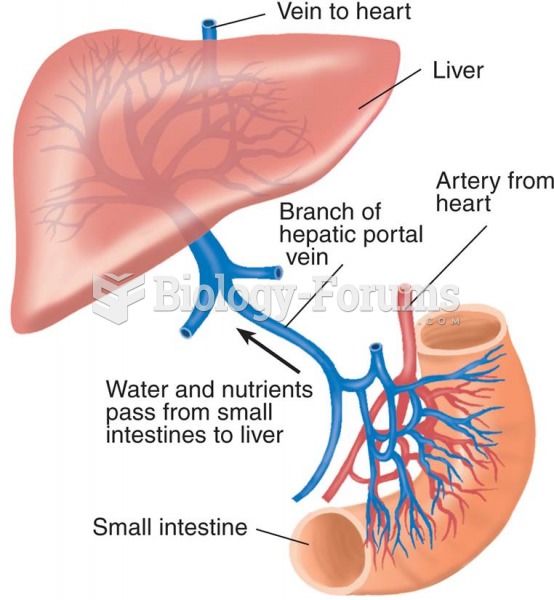Answer to Question 1
Correct Answer: 2
Rationale 1: The priority outcome, and a principle of Alcoholics Anonymous (AA), is complete abstinence from mood-altering substances, so the client should not use benzodiazepines.
Rationale 2: Long-term management for alcohol abuse includes behavioral counseling and self-help groups, such as Alcoholics Anonymous (AA).
Rationale 3: Drinking more responsibly is not appropriate; the client must abstain from all alcohol.
Rationale 4: Keeping all medical appointments is a good outcome, but does not address the problem of the client's continued use of alcohol.
Global Rationale: Long-term management for alcohol abuse includes behavioral counseling and self-help groups, such as Alcoholics Anonymous (AA). The priority outcome, and a principle of Alcoholics Anonymous (AA), is complete abstinence from mood-altering substances, so the client should not use benzodiazepines. Drinking more responsibly is not appropriate; the client must abstain from all alcohol. Keeping all medical appointments is a good outcome, but does not address the problem of the client's continued use of alcohol.
Answer to Question 2
Correct Answer: 4
Rationale 1: Impurities in the cocaine would not have resulted in the death of the client.
Rationale 2: Bowel ischemia would not occur with a cocaine overdose.
Rationale 3: Rhabdomyolysis would not occur with a cocaine overdose.
Rationale 4: Overdose of cocaine can result in dysrhythmias, convulsions, stroke, or death due to respiratory arrest.
Global Rationale: Overdose of cocaine can result in dysrhythmias, convulsions, stroke, or death due to respiratory arrest. Impurities in the cocaine would not have resulted in the death of the client. Bowel ischemia would not occur with a cocaine overdose. Rhabdomyolysis would not occur with a cocaine overdose.







